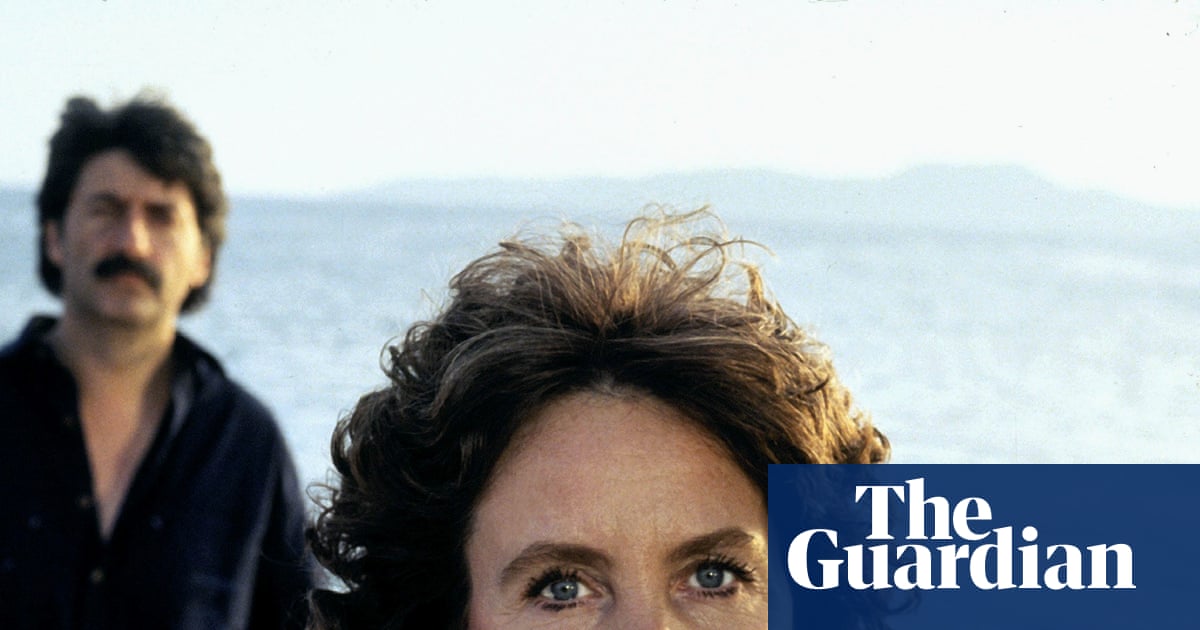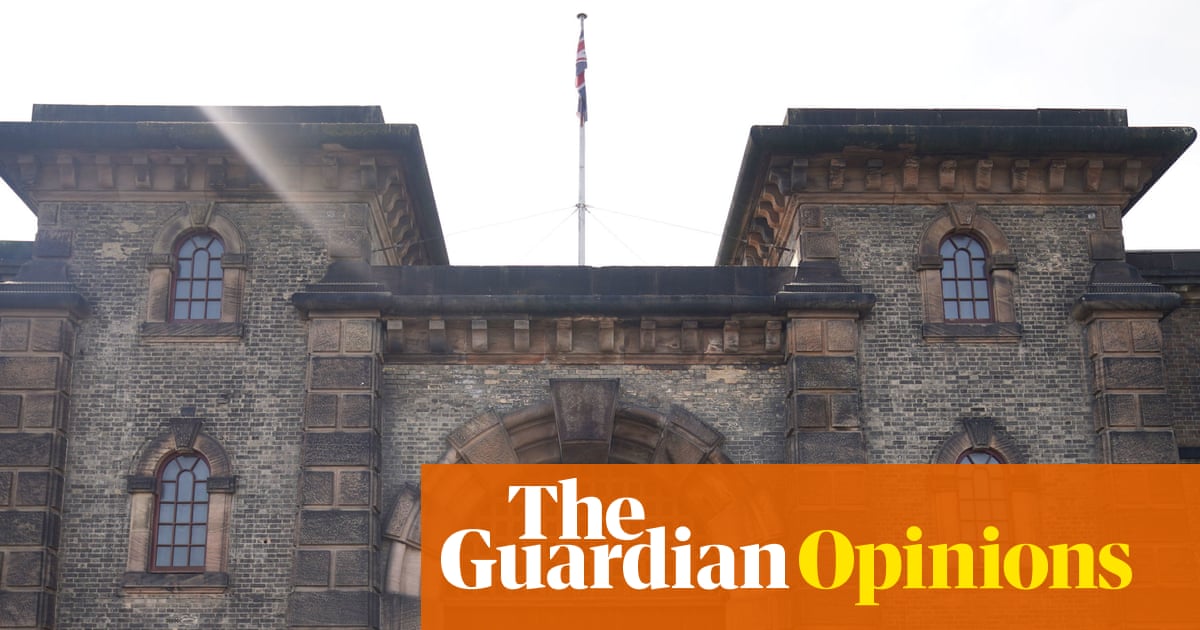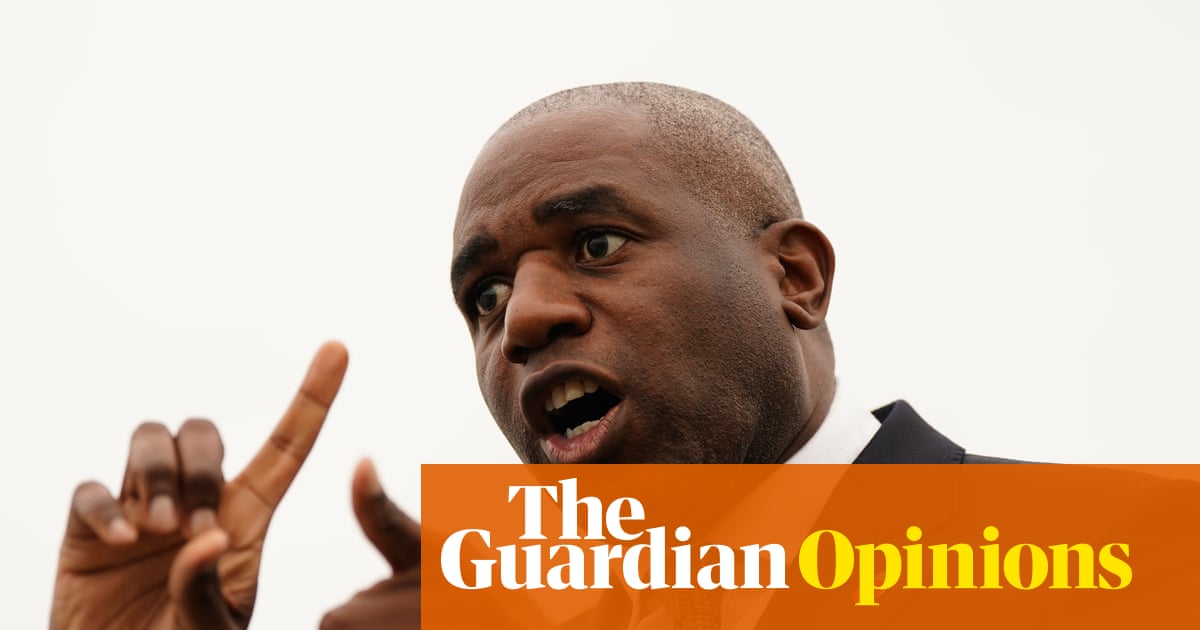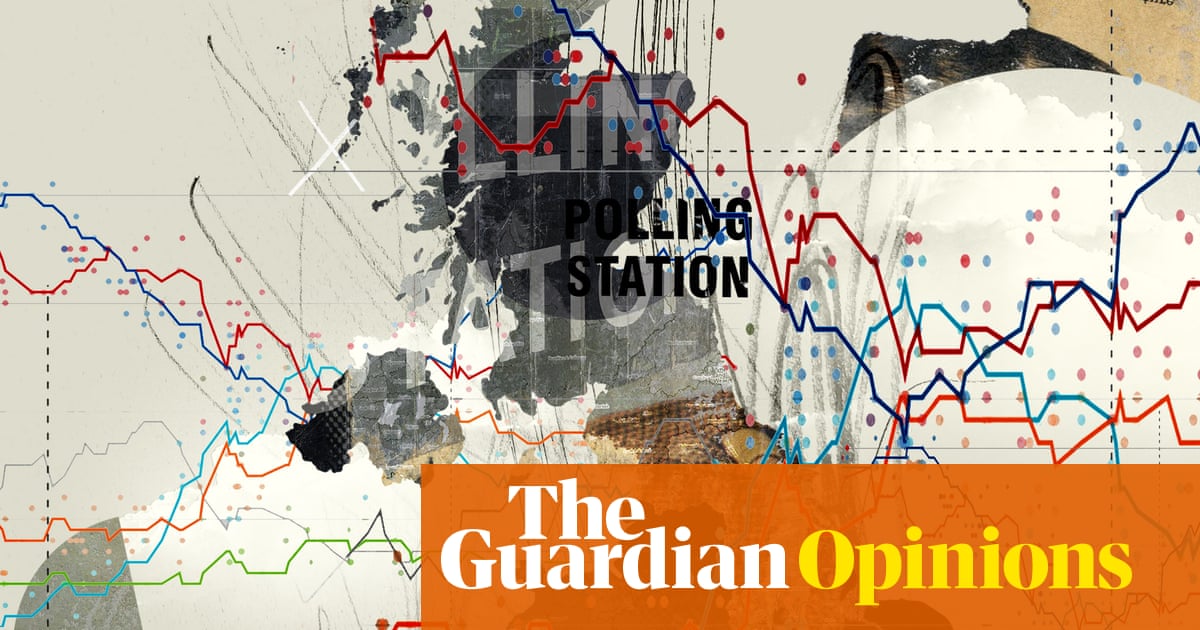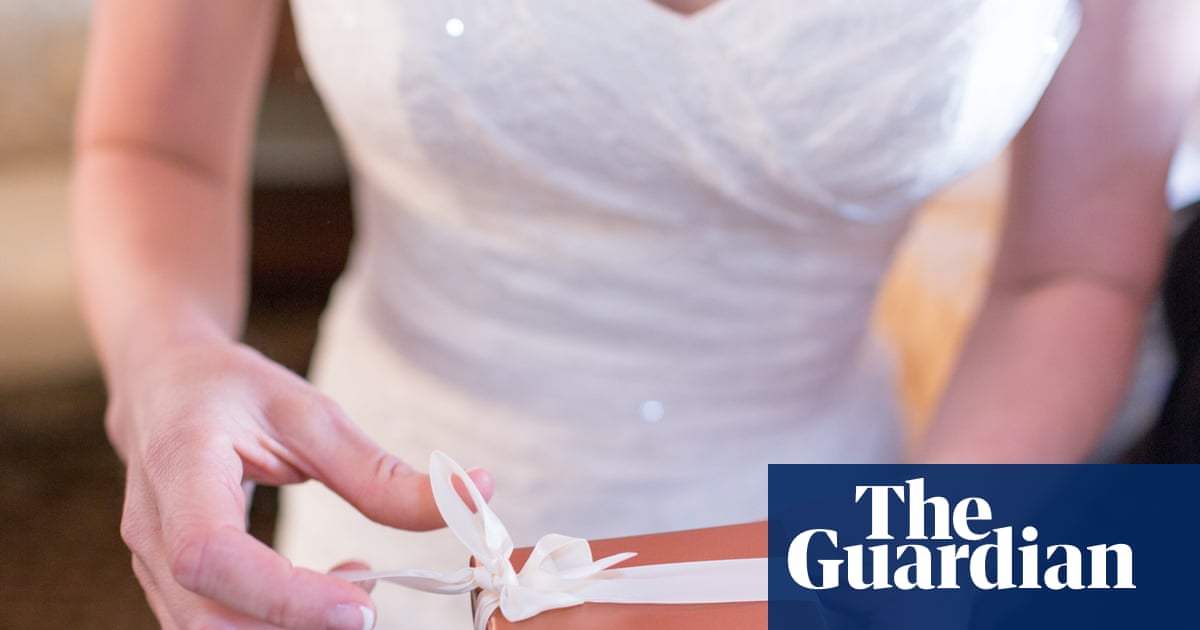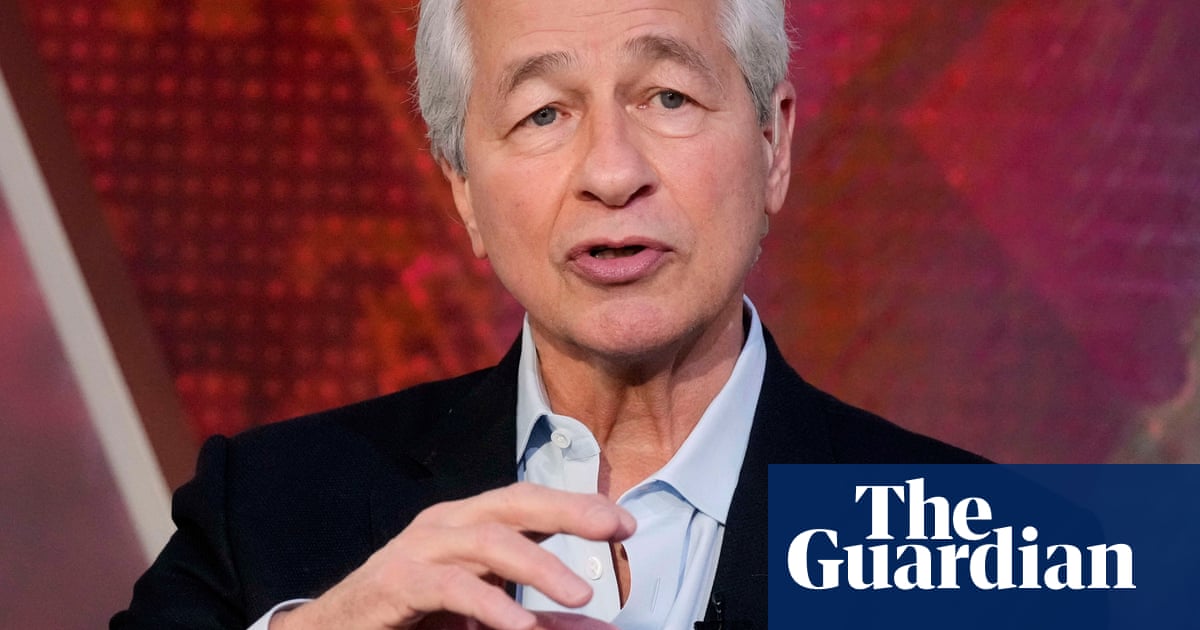At the height of the Battle of Britain, when the UK government needed a secret location to store 186,332 gold bars, it turned to Canada.
Shipped across the Atlantic and stored beneath a hastily constructed vault in Montreal, Operation Fish became known both for the vast amounts of gold involved – and the immense secrecy that followed.
The lesson: Canada and its banks can keep secrets.
So it should perhaps have come as little surprise that a famed diamond, once feared lost to history, has surfaced after sitting inside a Canadian bank vault for decades.
The Florentine diamond, a 137-carat pear-shaped stone that glimmers with a “fine citron” hue, adorned European royalty for centuries. But after it mysteriously disappeared at the end of the second world war, historians and experts feared the diamond had been stolen, cut up or hidden away in South America.
But a report from the New York Times has revealed a different history: the prized jewel instead remained a closely held family secret, with few living heirs ever being told of the diamond’s location.
After the first world war, the Austro-Hungarian emperor Charles I had prized jewels moved to Switzerland for safekeeping over fears of Bolshevik and anarchist uprisings. He and his family later fled to Switzerland in exile.
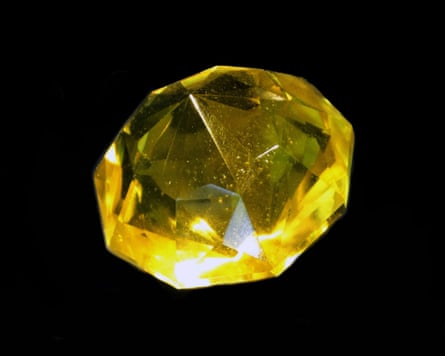
Uprooted once again in 1940 as the Nazis moved swiftly across Europe, Charles’s wife, the Empress Zita, fled the continent with her eight children, arriving in the United States with the jewels in a cardboard suitcase. The family then travelled to Canada and settled in the province of Quebec.
“My grandmother felt very safe – she could breathe finally,” Karl von Habsburg-Lothringen, a grandson of Charles I, told the New York Times. “I assume that, at that stage, the little suitcase went into a bank safe, and that was it. And in that bank safe, it just stayed.”
At the time, only two living people, her the empress’s sons Robert and Rodolphe, were told where the diamond had been hidden. Zita asked they keep the location – and the diamond’s existence – a secret for 100 years after Charles’s death in 1922. Before their deaths, the brothers passed the information to their own sons.
“The less people know about it, the bigger the security,” said von Habsburg-Lothringen.
Zita returned to Europe in 1953, leaving the jewels at the bank in Quebec. She died nearly four decades later, at 96.
The storied history of the diamond – possibly owned by Charles the Bold, probably owned by Florence’s Medici family and most certainly the property of the Habsburg dynasty – in part fuelled competing explanations about its sudden disappearance. So too did its murky origins. Some speculated that its irregular octagonal outline with a cut that included 126 facets reflected how stones might once have been cut in India. Another theory is that the diamond was cut by a European – the famed Flemish jeweller Lodewyk van Bercken – into a pyramidal shape.
The disappearance of the stone prompted speculation it was among the Austrian jewels stolen by Hitler when the Nazis annexed the country, or that American troops had located the diamond and returned it to Vienna. Another was that diamond was brought to South America, recut and then sold in the United States. Some posited that the Habsburgs, desperate for money as their empire crumbled, sold the diamond and other possessions.
Briefly, the Shah of Persia, a 99-carat stone recut from larger diamond, was believed to part of the missing Florentine. Others suggested a recut diamond offered for sale in Geneva in 1981 could once again be the Florentine.
But the stone unearthed in Canada is most certainly “the genuine, historical ‘Florentine Diamond’”, said Christoph Köchert of AE Köchert, once Austria’s imperial court jewellers.
The family says it will display the diamond at a Canadian museum in the coming years, adding that it won’t be up for sale – and they won’t disclose how much it might be worth.

.png) 2 hours ago
4
2 hours ago
4




